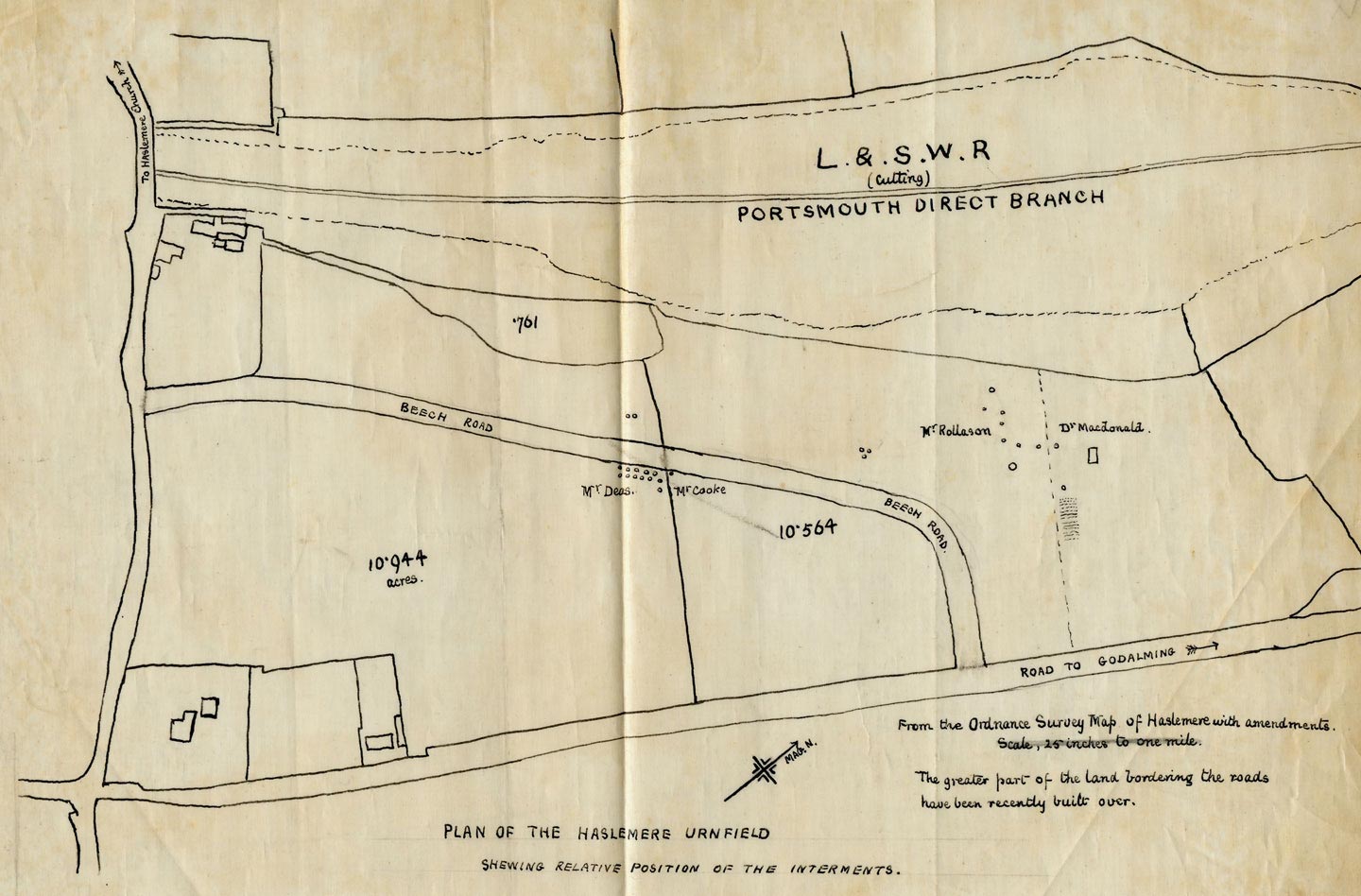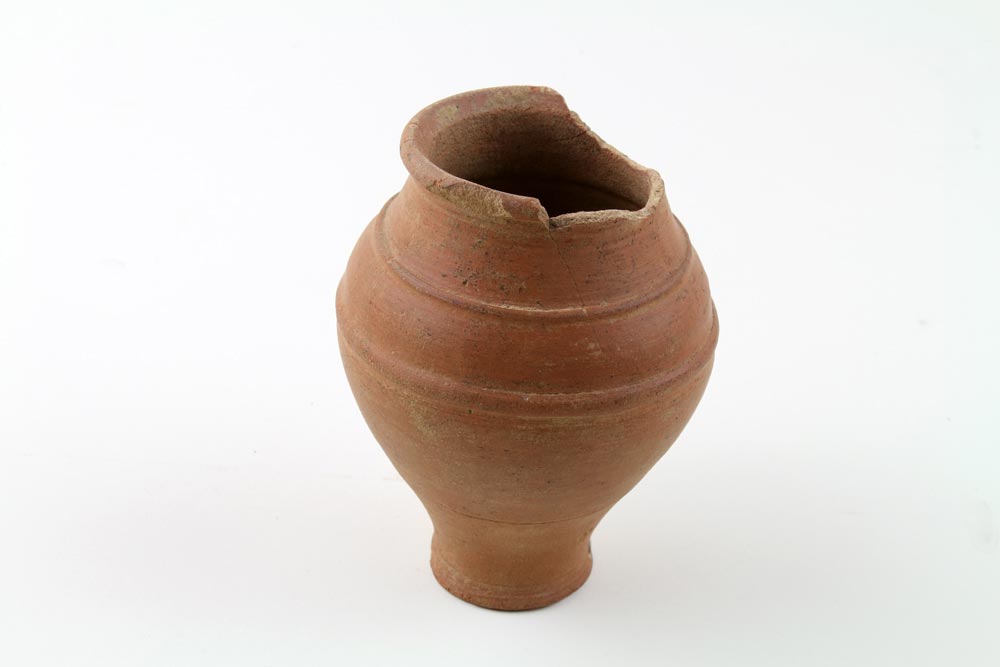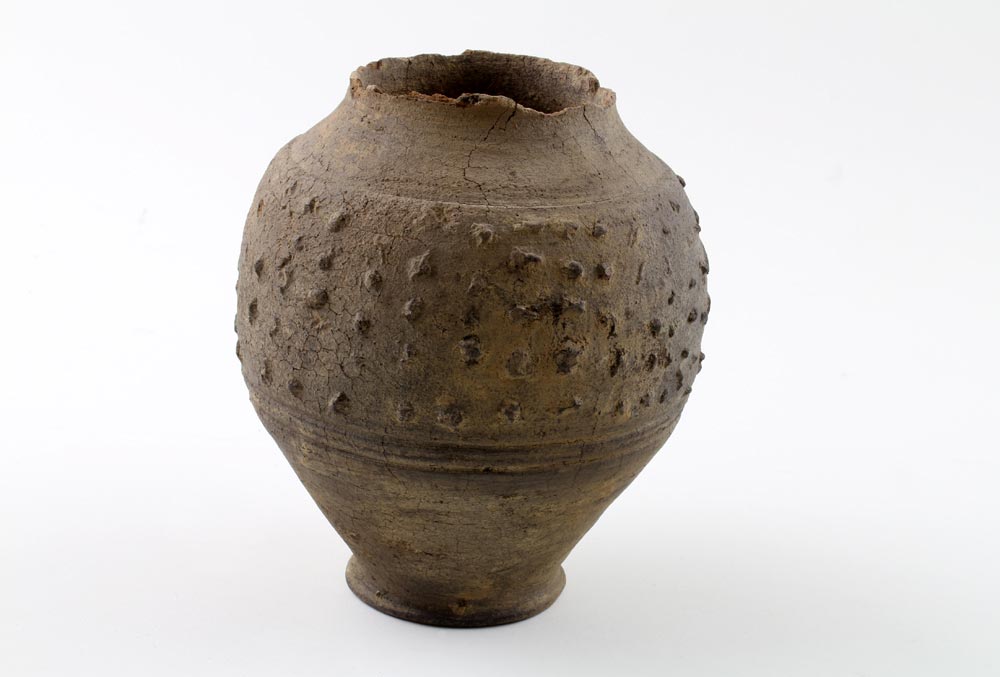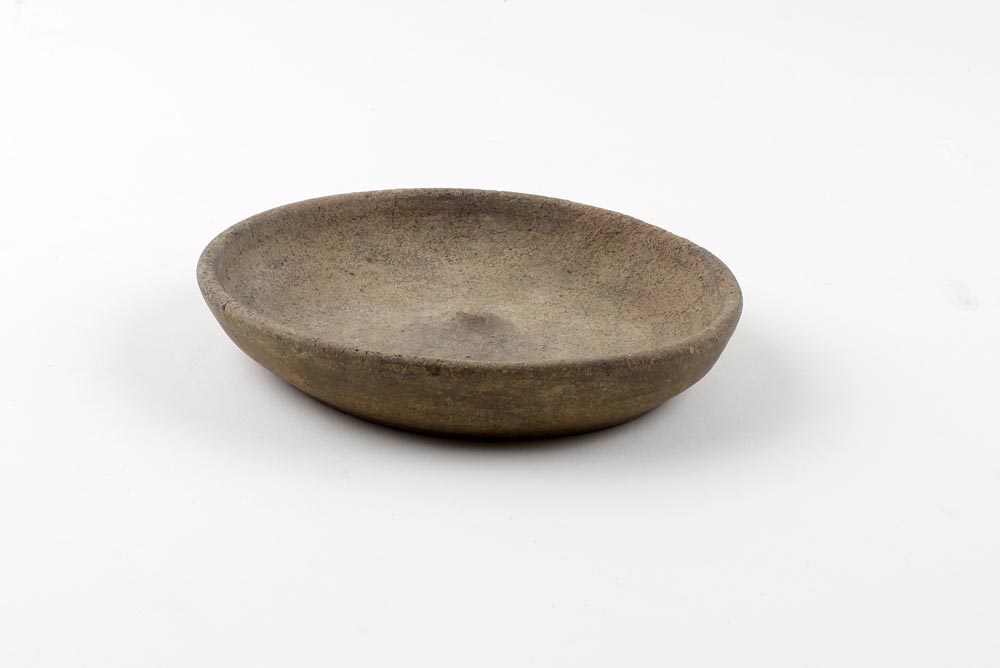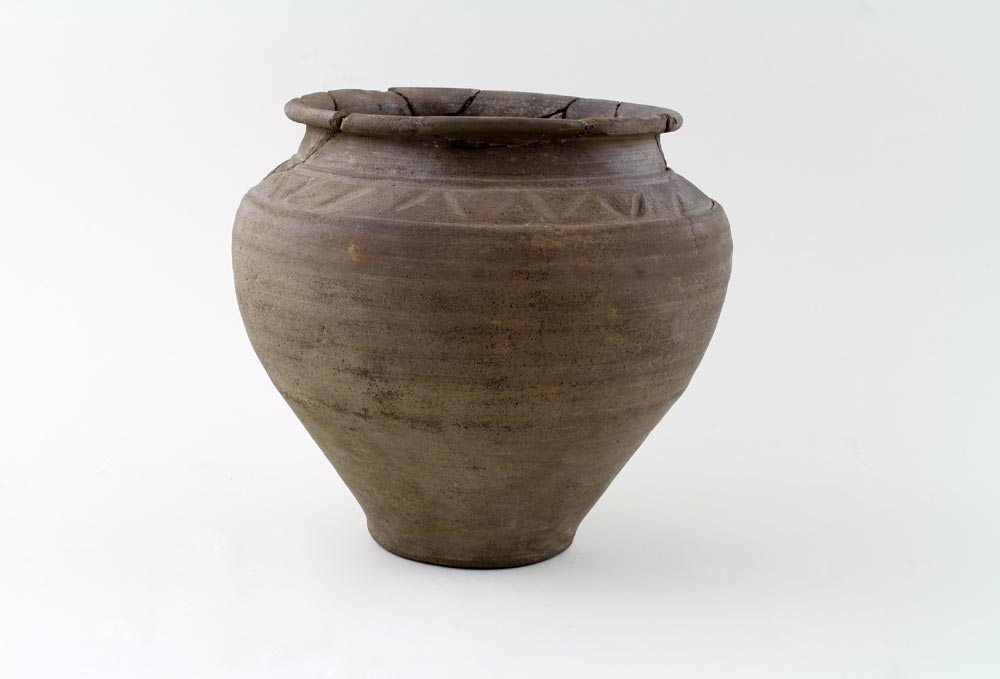Conclusion of Beech Road
One question that has plagued archaeologists for decades is why the cemetery was located here in the Haslemere area. Was this region occupied by the invading Roman army, or was it a homestead or farming community for Iron Age Britons?
If it is a true Romano-British Cemetery, and not just Iron Age locals adopting the Roman style of burial, then one would expect there to be archaeological evidence in the form of artefacts or building structures, indicating a Roman settlement, or roads leading to this area, but no such evidence has been uncovered to date. In a typical Roman style burial, you would expect the burial to be located within 200 metres of the settlement or along a road entering a community, so that people entering the settlement could be reminded of their loved ones. The only evidence of Roman presence in this region is: the Lynchmere hoard, which was deposited much later in the 3rd century A.D.; the Whitebeech Roman Villa in Chiddingfold, which is several miles away and dated around the mid second to the late third century A.D.; and the Roman Age tile kiln at Fernhurst (date unknown). As for Haslemere itself, except for the odd Roman coin or pottery shard found around Haslemere, there is a lack of evidence for Roman occupation. As well as this, flint tools were located in graves, or in association with graves, at the Beech Road cemetery, and one does not see flints associated with Roman burials at this age.
Therefore, the evidence we have surrounding the mystery of the Beech Road cemetery, strongly leans in the favour of it being a native Iron Age burial site. If it is an Iron Age cemetery created in the style of Rome, then the location could have been a sacred site which the Iron Age inhabitants, located on an elevated sandy ridge overlooking what was then a lake or mere in what is now the centre of the town of Haslemere. It is very possible that this area was occupied by farmstead or homestead families working the land during the Iron Age and through the Roman occupation and that due to their (being Atrebates, the local Celtic tribe) close association with the Roman Empire, dating back some 100 years, they may have adopted the Roman style of burial.
Currently, other than the Mesolithic flint sites found on Black Down and possible Bronze Age burials also on Black Down, there is no archaeological evidence of Roman settlements or any settlements in this area prior to the 12th/13th century. We may never know who occupies the graves that lie beneath the Beech Road area but what we do know is that these human remains were cremated and placed into urns and buried in the Romano-British style during the early occupation of Britain, 43 A.D. to 120 A.D. Only time will tell if we will be able to unlock the mystery of the occupants of the Beech Road cemetery and Haslemere's past. But, with advancements in archaeological and seismic techniques, there is a good possibility that the archaeologists of the future will be able to unravel the unknown secrets of Haslemere.
